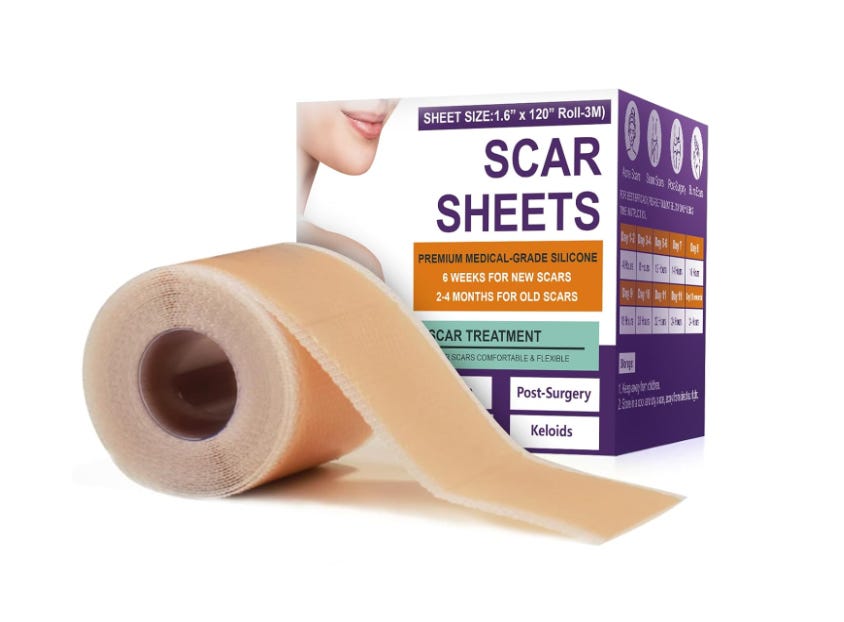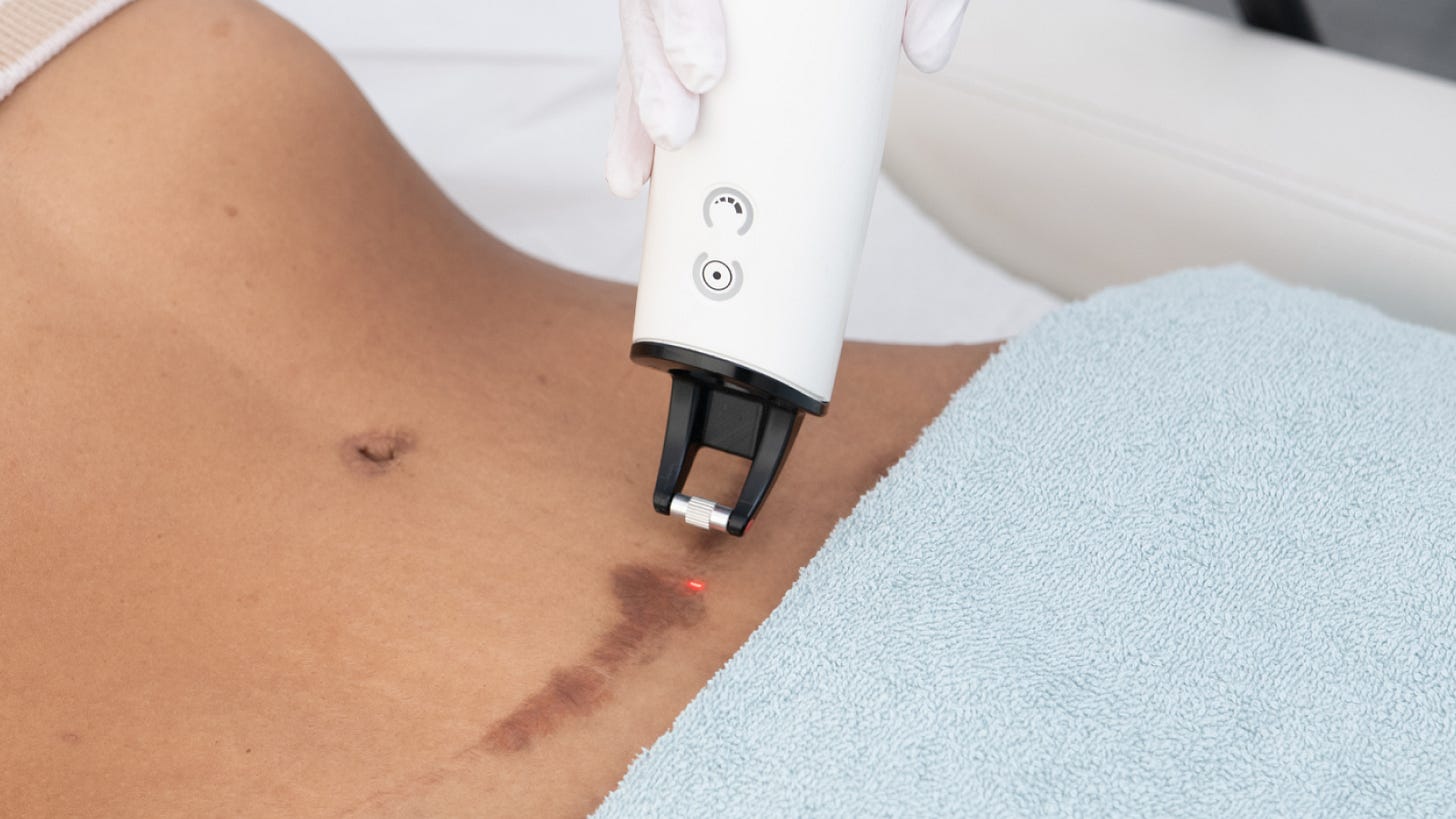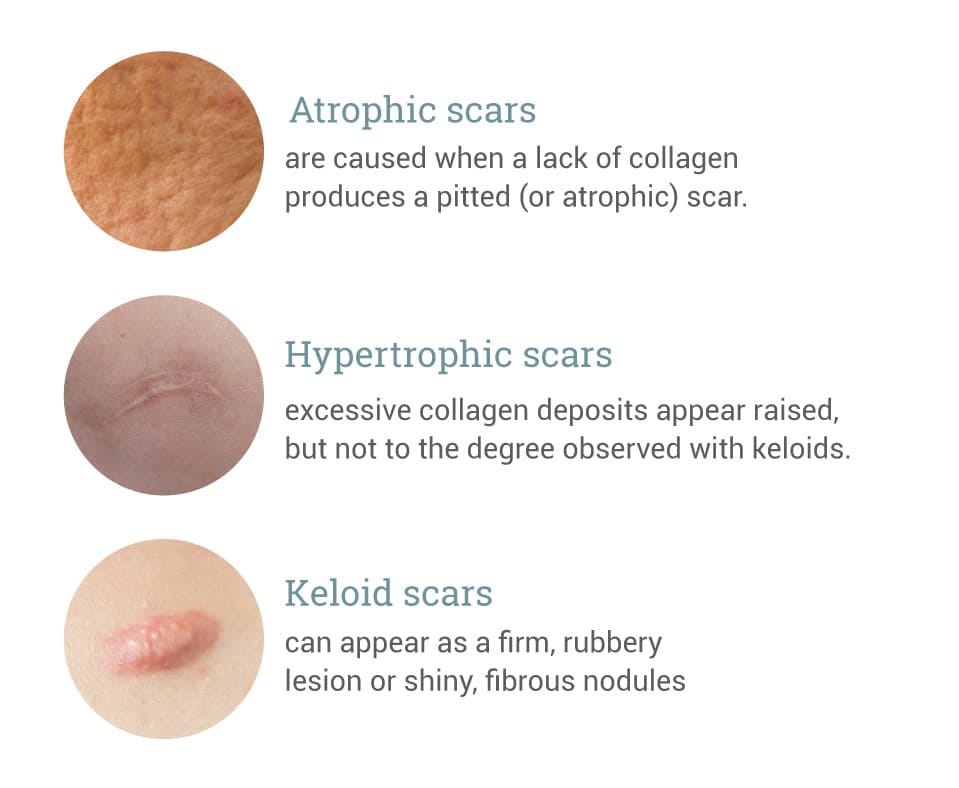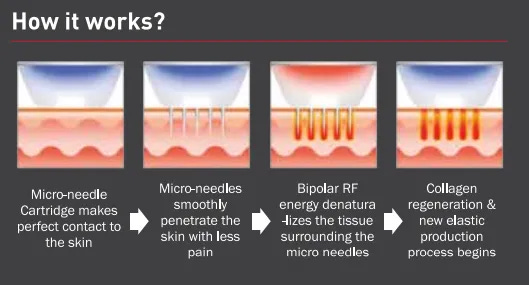Now You See it, Now You Don't
Effective Scar Treatments
Your scar might tell a story, but that story might not be one you want to share. Whether it resulted from a past trauma, a surgery, or a cosmetic procedure, it’s perfectly valid to wish that the line left behind was a little less noticeable.
I’ve put together these proven treatments so you know what options you have to lighten, smooth, and soften any surgical scar at any stage… and I’ll throw in my two cents from my own experience in treating scars.
Silicone Scar Sheets
This is a simple, inexpensive option for new scars that are still raised and a surgeon-recommended first step in preventing them from worsening.
How does it work? The medical-grade silicone sheets create a breathable seal that keeps the tissue hydrated while signalling skin to produce collagen.
Pros: Easily available (can find them on Amazon). Reduces redness and itchiness, while flattening the scar.
Cons: Requires consistent use — a minimum of 8 to 12 weeks. Ineffective on older scars.
Microneedling
Works as the “reset button” for old scars, thick or uneven scars, and any texture irregularities. This is also a great option for acne scars!
How does it work? Controlled micro-injuries stimulate collagen production. Over time, with several sessions, the scar becomes smoother, softer, and starts to blend with the surrounding skin.
Pros: Works on most skin tones. Significant improvement in texture and scar depth. To enhance results, pair with growth factors (like Platelet-Rich Plasma, Platelet-Rich Fibrin Matrix, or Epidermal Growth Factors… just to name a few!)
Cons: Multiple sessions are necessary. This is not an ideal option if you’re prone to keloid scarring.
Lasers
You may have heard of Fractional (or Fraxel), Erbium, CO₂, PDL, or IPL, and wondered: How do they work, and which one is best for you?
Fractional is a method of treatment, not a laser. Any laser can be fractional. A fractional laser works by creating tiny micro-injury columns in the skin while leaving the surrounding skin untreated. While using this method, healing is faster, downtime post-treatment is shorter, and results will build gradually.
Fraxel is a brand name that produces fractional lasers. The two common types of Fraxel lasers are:
Fraxel Restore, which is non-ablative (meaning it does not remove the top layer of skin), is good for texture and pigment. Expect a somewhat short downtime following treatment.
Fraxel Repair, an ablative laser that removes tissue, effectively vaporizing the top layer of skin. This model uses CO₂ technology and treats the area more aggressively, resulting in longer downtime (expect at least 5 to 7 days).
CO₂/Carbon Dioxide Lasers are ablative. They remove the top layers of skin and deliver heat to the deeper layers to stimulate the production of collagen and new, healthy skin. The strongest and deepest resurfacing option, not recommended for darker skin tones.
Erbium (Er:YAG) is also ablative in that it resurfaces the skin, but it produces much less heat than CO₂, making it a “powerful but gentle” scar treatment option. The wavelength is very precise, with faster recovery and less risk of any unwanted pigment changes. This is an option for acne scars and any light scars.
Vascular Lasers, such as IPL (though, technically not a laser…) and PDL, emit light energy that is absorbed by your own hemoglobin. The energy heats blood cells, causing the walls to collapse and fade as the body reabsorbs them. In simple terms? It will target the redness in your scar. IPL, or Intense Pulsed Light, uses a broad spectrum of wavelengths and can be used to treat a large surface area. PDL, Pulsed Dye Laser, uses a single focused wavelength for a more targeted treatment.
Pros: Lasers can give fast, dramatic results after one treatment. Age of the scar does not matter.
Cons: Depending on the intensity, plan for downtime, which can involve soreness, swelling, redness, bleeding, and sensitivity. They are not safe for all skin tones. High cost per session.
Steroid Injection
Best for raised, thick, hypertrophic, or keloid-type scars.
How does it work? A diluted steroid is injected directly into the scar to soften, flatten, and reduce redness. The medication breaks down collagen buildup, debulking the scar and reducing inflammation.
Pros: It can be a fast improvement in thickness and firmness. Eases symptoms like itching, tightness, and burning of the scar.
Cons: Can only be used to treat a specific type of scar. A side effect called atrophy can result in the widening of the scar/thinning of the skin after injection.
Radiofrequency Microneedling
Used to treat stubborn surgical scars that need tightening and smoothing.
How does it work? Much like with regular microneedling, the fine needles create micro-channels that allow RF energy to be delivered deep into the skin, heating tissue. By combining microneedling with heat, this stimulates collagen, elastin, and rebuilds the tissue to improve the appearance of scars.
Pros: Can treat deeper, older scars. More aggressive than traditional microneedling.
Cons: Higher cost per session. Numbing is NEEDED!
Paramedical Tattooing
For light colored scars, scars that lack pigment, or surgical scars that cannot fade any further, tattoo camouflage is an option. Gone are the days of reapplying makeup or getting those large, unwanted cover-up tattoos!
How does it work? A trained paramedical tattoo artist matches pigments to your skin tone. The colored scar is blended with the surrounding skin to effectively mask it.
Pros: Popular option for cosmetic scars. Long-lasting results. Can easily cover pale, flat, or white scars.
Cons: The Artist must be experienced. Not suitable for raised or red scars. Must be fully healed.
When is a revision necessary?
For scars that have stretched too wide, indented, or healed poorly, a surgeon can remove or reposition the scar.
The old scar is excised and a new technique is used to reclose the area with the goal of minimizing visibility and dramatically improving the scar’s appearance. In other words — you’ll still have a scar, but this is a “re-do” so that, when it heals, you’ll get more desirable results.
While this procedure can be invasive, many can be done in office, with local numbing.
Not sure which treatment is best for your scar? Leave a comment below, and we’ll (privately) connect to discuss what may help with your scar concerns. But below is a Scar Treatment Cheat Sheet so you have a general idea of where to start…
Is it a new scar? Try Silicone Scar Sheets first, then assess after 8-12 weeks.
Red and/or inflamed? Vascular Lasers.
Raised and/or thick? First, Steroid Shot, then try Microneedling or Laser.
Flat scar, but slightly discolored or too light to treat anymore? Paramedical Tattoo.
Indented, wide, textured scar? RF Microneedling, Microneedling, or Fractional Laser.
Nothing working? Consult surgeon for possible revision.











